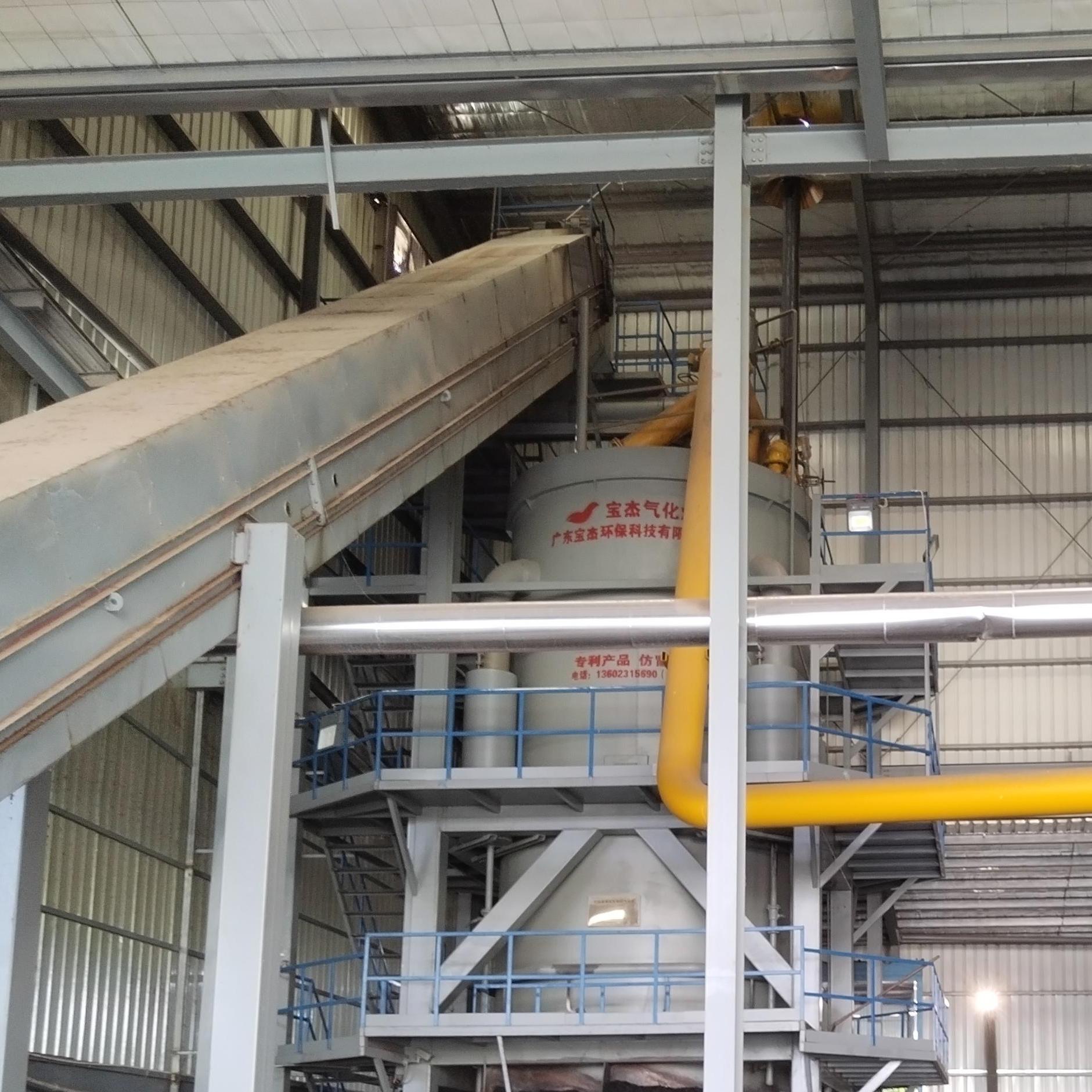R&D and manufacture of biomass gasification equipment, environmental protection equipment, boiler equipment, investment in heating (steam) energy operation and management.
Tel:+86 0769-82928980
E-mail:[email protected]
Web Menu
Product Search
Exit Menu
Industry News
Biomass Gasification: The Future of Green Energy
Biomass Gasification is a method of converting biomass into combustible gases (mainly carbon monoxide, hydrogen and methane) through high temperature. This technology can convert waste biomass materials such as wood, agricultural waste, urban garbage, etc. into clean fuel gas, providing sustainable energy solutions for industry, transportation and households. With the intensification of energy crisis and environmental problems, biomass gasification has received widespread attention and application as a renewable energy technology.
Biomass gasification is a thermochemical process that converts solid biomass raw materials into gaseous synthesis gas (syngas) under high temperature (700-1000℃) and partial oxidation environment. The gasification process mainly includes the following steps:
Biomass raw materials usually contain a certain amount of moisture and need to be dried before gasification to improve gasification efficiency.
At high temperature, biomass decomposes into volatile substances (such as carbon monoxide, hydrogen, methane) and solid residues (such as carbon black).

Under partial oxygen conditions, volatile substances react with oxygen to generate carbon monoxide and carbon dioxide, and release a large amount of heat.
Some gases further generate combustible gases such as carbon monoxide and hydrogen by reacting with carbon black.
The final product is syngas, which can be further processed for power generation, hydrogen production, fuel synthesis, etc.
There are many types of biomass resources, including agricultural waste, forestry byproducts, urban solid waste, etc., which are widely distributed renewable resources in the world. The use of biomass gasification technology can convert these waste resources into clean energy, which helps to solve the problems of resource waste and energy shortage.
Compared with traditional fossil fuels, biomass gasification can significantly reduce carbon dioxide emissions. In addition, the byproduct charcoal ash of biomass gasification can be used as fertilizer or building materials to achieve resource recycling.
The syngas produced by the gasification process can be used for power generation, hydrogen production, production of synthetic fuels or chemicals, and has a wide range of application potential. It can not only replace coal and oil, but also be used in conjunction with other renewable energy sources such as wind power and solar energy.
By developing biomass gasification technology, we can reduce dependence on imported oil and natural gas and enhance energy independence and security.
The biomass gasification process involves a variety of complex chemical reactions, which requires specific temperature and pressure conditions, increasing the complexity of equipment and operation. The investment cost of the gasification device is high, which poses a challenge to its promotion and application.
The variety of biomass resources is diverse, and the moisture and composition vary greatly, resulting in fluctuations in the quality and output of syngas during the gasification process. In order to improve the gasification efficiency, the raw materials need to be pretreated, such as drying and crushing, which will increase the production cost.
Tar, fly ash and other byproducts will be produced during the gasification process. The treatment and disposal of these byproducts need to meet environmental protection requirements, increasing the treatment cost and technical requirements.
With the continuous development and innovation of gasification technology, the process flow of biomass gasification will be further optimized in the future, and the equipment cost is expected to be reduced. In addition, the miniaturization and modular design of the gasification device will make it suitable for more scenarios.
In the future, biomass gasification can be combined with carbon capture and storage (CCS) technology to capture the carbon dioxide produced during the gasification process and achieve "negative carbon emissions". This will make biomass gasification an important means to address climate change.
With the diversified development of renewable energy, biomass gasification can work together with other clean energy technologies to build a multi-energy complementary energy system and provide diversified solutions for green energy.
Policy support for renewable energy technologies in countries around the world will further promote the development of biomass gasification, especially under the goals of energy transformation and carbon neutrality, the market demand for biomass gasification technology will gradually increase.
As a clean and efficient renewable energy technology, biomass gasification can effectively utilize waste biomass resources and provide new options for global energy supply. However, in the face of challenges such as technical complexity and raw material instability, it is necessary to continuously strengthen technological innovation and process optimization. With the advancement of technology and policy support, biomass gasification is expected to occupy a more important position in the future energy landscape and contribute to the realization of green and sustainable development.
Quick Links
Products
contact Us
 Tel: +86 0769-82928980
Tel: +86 0769-82928980 Fax: [email protected]
Fax: [email protected] E-mail: [email protected]
E-mail: [email protected] Company Address: Dalang Chamber of Commerce Building, No. 288 Yinlang South Road, Dalang Town, Dongguan City 13333, China
Company Address: Dalang Chamber of Commerce Building, No. 288 Yinlang South Road, Dalang Town, Dongguan City 13333, China Factory Add:
West side of Centre Road and south side of Zhongyuan Road within Hongcaoyuan, Hongcao Town, Shanwei Urban District
Factory Add:
West side of Centre Road and south side of Zhongyuan Road within Hongcaoyuan, Hongcao Town, Shanwei Urban District
Copyright© 2022 Guangdong Bao Jie Technology Co., Ltd.All Rights Reserved.


 EN
EN 





